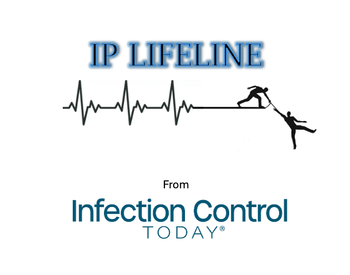
Hidden Areas of Infection in U.S. Hospitals
FORT LAUDERDALE, Fla. -- Could there be hidden areas of hospital-acquired infection (HAI) that are being overlooked? A new public health education program from the production company Mission Critical attempts to answer that question.
The program, "Hidden Areas of Infection," (
Public awareness of the HAI epidemic is growing, helped by advocacy groups such as the non-profit Committee to Reduce Infection Deaths (RID) (
In addition to the moral imperative, hospitals will soon have another compelling incentive to reduce infection rates -- one that affects their bottom lines and reputations. In October 2008, the Centers for Medicare and Medicaid Services (CMS) will begin limiting reimbursements for certain preventable infections. Through these and other actions, Congress hopes to create greater transparency around HAI events, including making hospital infection data available to the public.
This documentary program from Mission Critical sheds light on long-overlooked practices that have been taken for granted by many in the healthcare community, until now. One of these practices is the implementation of strict cleaning protocols meant to reduce infection risks from reusable devices. However, as the program points out, cleaning procedures alone do not ensure the elimination of harmful pathogens. There is evidence, for example, that reusable ECG lead wires could be a significant hidden reservoir for the microorganisms that are now running rampant in U.S. health care facilities, despite the presence of cleaning procedures. In fact, one study conducted at the University of Wisconsin found that over 77 percent of reusable ECG lead wires tested harbored some strain of potentially deadly antiobiotic-resistant pathogen after they had been cleaned.(1)
Inevitably, the cost of disposable devices needs to be weighed against the benefits. Fortunately, the experience of Bon Secours St. Francis Hospital in Richmond, Va. offers proof that the strategic use of disposable monitoring accessories, along with a comprehensive infection reduction program, can dramatically reduce not only cross-contamination risks, but also costs.(2)
The Hidden Areas of Infection program will be broadcast into 89,000 hospitals in 88 countries within the next month. The Medical Broadcasting Channel reaches an estimated 14 million nurses, 9 million physicians, and an additional 5 million healthcare workers such as administrators and pharmacy.
References:
1. Jancin B. Antiobiotic-resistant pathogens found on 77% of ECG lead wires. Cardiology News. Vol 2. March 2004.
2. Holden D. Hidden Areas of Infection. Mission Critical: Capital Media Group; LS-954 – Bon Secours mentioned in DVD video. March 2008.
Source: LifeSync Corporation
Newsletter
Stay prepared and protected with Infection Control Today's newsletter, delivering essential updates, best practices, and expert insights for infection preventionists.






